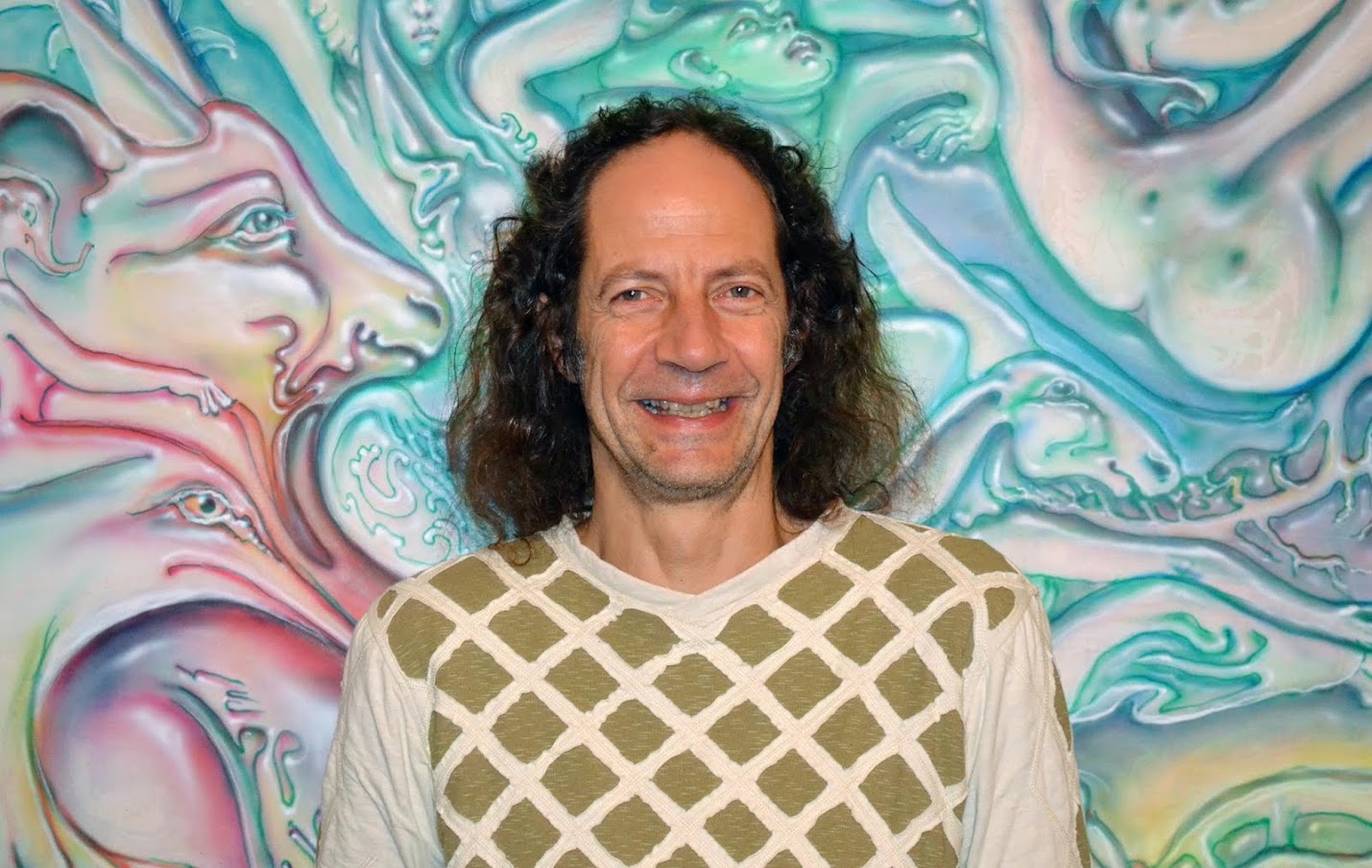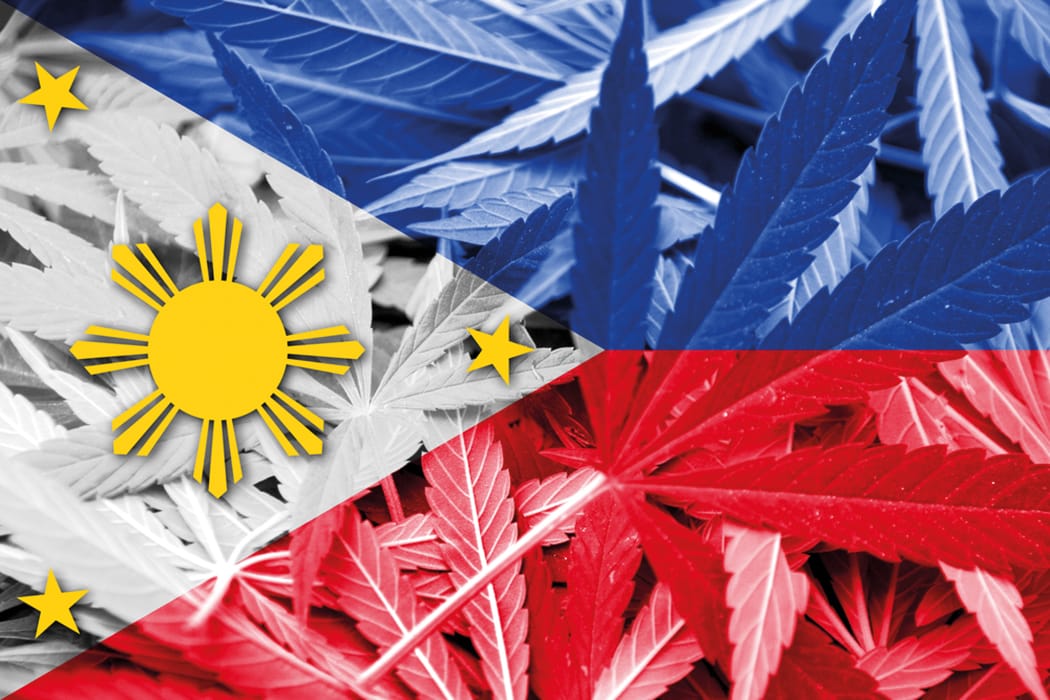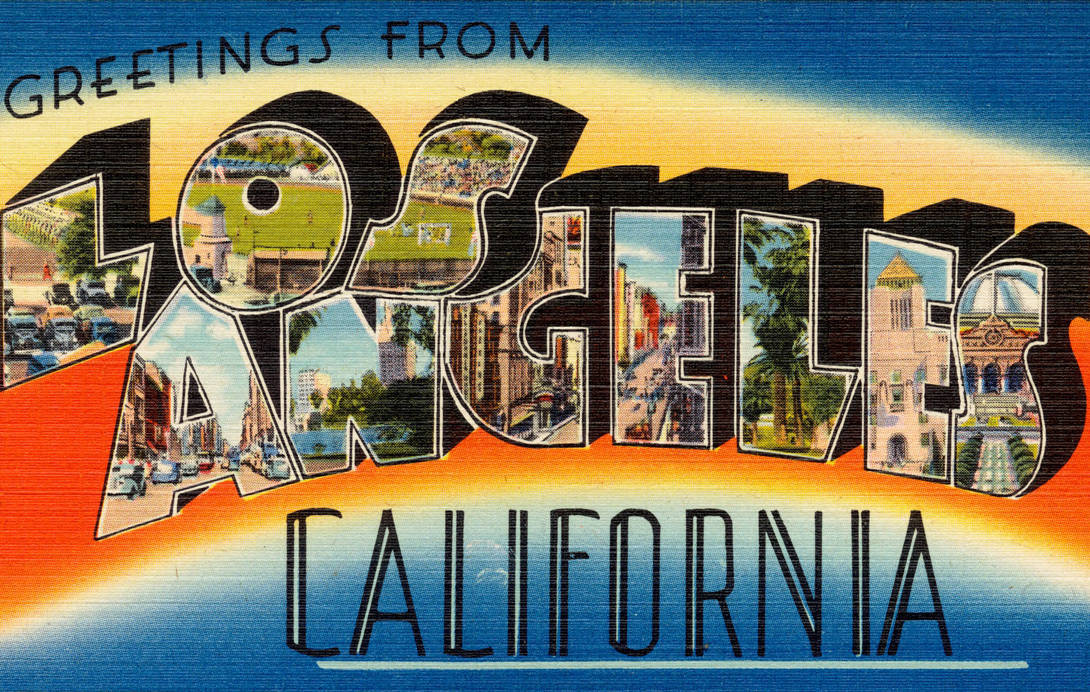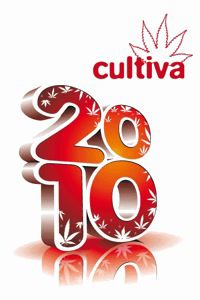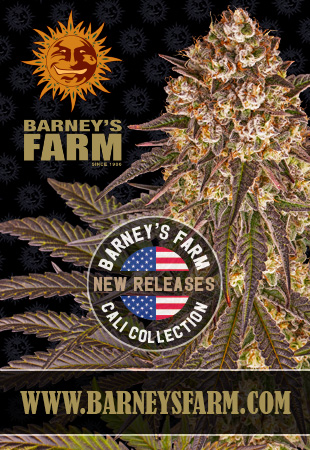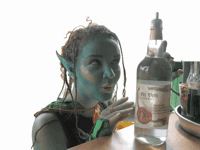 The name alone of this potent spirit has sparked controversy since its creation. Originating in the Canton of Neuchâtel, Switzerland, absinthe rose to popularity as an alcoholic beverage in late 19th- and early 20th-century France, particularly among Parisian artists and writers. It is commonly referred to in historical literature as »la fée verte« (the »green fairy« in French).
The name alone of this potent spirit has sparked controversy since its creation. Originating in the Canton of Neuchâtel, Switzerland, absinthe rose to popularity as an alcoholic beverage in late 19th- and early 20th-century France, particularly among Parisian artists and writers. It is commonly referred to in historical literature as »la fée verte« (the »green fairy« in French).
The true and original absinthe can be best described as an ‘anise-flavoured spirit derived from herbs, including the flowers and leaves of the herb Artemisia Absinthium, commonly referred to as ‘grande wormwood’ together with the green anise and sweet fennel’. Traditionally natural chlorophylls remaining in the liquid give absinthe a natural green colour, but it may also be colourless.
The original absinthe is distilled using the herbs and flowers from the beginning. Another method exists known as cold mixing, which involves using a distilled alcohol like vodka, and merely adding the herbs in to soak and absorb the flavours, although this technique is considered inferior and does not exhibit the same quality as the original method, and sometimes is barely a shadow of the original drink!
The popularity of absinthe rose considerably in the 1800s, when French vineyards had been severely troubled by phylloxera blight for some decades. Wine was drunk instead of, or mixed with water (to purify it), as water contained enough bacteria at the time to make people extremely ill. As wine prices soared and also became increasingly difficult to come by due to the sick crops, absinthe was used more frequently to purify water.
It is no wonder that an array of misplaced anger and controversy surrounds such a potently alcoholic beverage, when it manages to receive notoriety from events such as in 1905, when Jean Lanfray, who was extremely intoxicated, murdered his wife. The claim is that he only consumed 2 glasses of absinthe, nevertheless his trial earned the name the ‘Absinthe Murder’. An instant uproar instantly rose to prohibit such a ‘maddening culprit’, leading to experimentation with large doses of oil of wormwood injected into animals. Absinthism was named a disease and in 1912, America had banned the drink, followed shortly by France in 1915.
Vincent Van Gogh also succumbed to the allure of absinthe, and during a particularly heavy drinking session with his friend Paul Gaugin, proceeded to cut off part of his own ear. Albeit Van Gogh was also known to eat his oil paints and drink turpentine, with a tendency to be psychotic and self-destructive… so absinthe cannot take the blame in entirety.
The stories and rumours that have followed absinthe through the ages is almost uncanny. The most frequent rumour that tends to emerge, is the incorrect description of the drink to be hallucinogenic, and the stories of its ‘psychoactive properties’, apart from the effects of alcohol, have been greatly exaggerated. Although absinthe has been harshly criticized over the years, it has not been shown to be any more dangerous than any other alcohol.
Absinthe does contain the active chemical Thujone (found in Wormwood flowers), a GABA antagonist. In large doses it has been proven to produce muscle spasms, but there is no conclusive evidence of the onset of hallucinations – even in obscenely large quantities. A seemingly more logical explanation emerges from during the 19th century, when poisonous chemicals were added to cheaper versions of the liquor, to promote a more vivid colour. For that being said, the herbs used in traditional absinthe do have both painkilling and antiparasitic properties.
Amazingly, the ‘Green Fairy’ spirit lasted more than 100 years in the underground. It wasn’t till the 1990s, when manufacture and sale of absinthe was being reauthorized within countries of the European Union. Nearly 200 brands of absinthe were being produced in over a dozen differing countries, particularly France, Switzerland, Spain and the Czech republic, as of February 2008.Kylie Van Eerden
To drink absinthe, place a spatula-shaped and perforated spoon on a glass filled with 2 cl absinthe. Upon this rest a sugar cube, and let water drop over the sugar one drop per second. The sugared water leaves the glass a milky colour and the ideal absinthe-water drinking ratio is 1:4.



